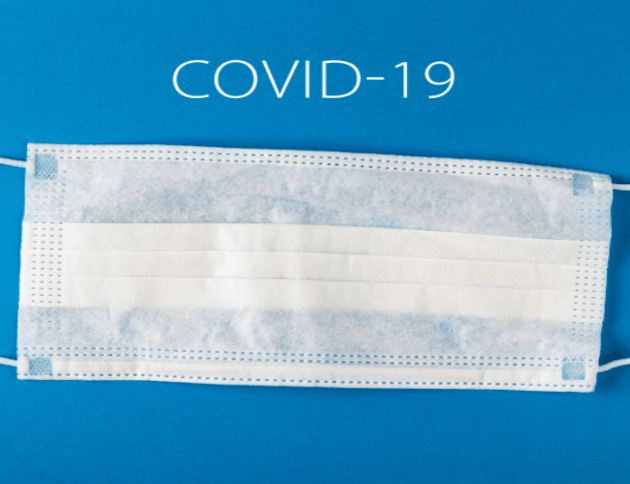COVID-19’s rapid spread throughout the world has caused unprecedented disruption to all professions. This has caused medical practices to change the processes of their clinical practices. While many physicians and healthcare professionals have closed their doors or limited their patient volume to emergency appointments only, others are improvising with novel safety precautions and telemedicine.
Postponing routine medical appointments have been highly ineffective for patients and detrimental to the survival of medical practices. So the question becomes: how can medical practices remain open to maximize both patient care needs and revenues to sustain their practice in the most safe, effective, and efficient manner?
Most physicians won’t hesitate to keep their medical practices open if there are no lockdowns in place, but they will have to take special measures and implement changes to how they interact with their patients. To limit COVID-19 from spreading, they must practice and institute protocols to adhere to social distancing and other safety mandates.
Steps to consider while opening your medical practice
Here are an array of steps you should consider:
Have a plan of how you will handle the appointments
To ensure patients get the care they need, physicians should be planning to keep their clinics open. To open your doors to the patients, you should have a well-planned framework of how you are going to interact with them. One wrong move could have you or your staff infected with COVID-19. Patient care and safety must be your top priority. It is important to install a sterilization system and to prepare your staff to work in the new environment.
Take appointments wisely: group patients
Office space inspection could help you take appointments wisely. If you are an individual professional, this won’t be much of a problem. However, if there are multiple practitioners operating at the same clinic, it could be a little challenging to handle grouping patients in a way that there remains space in waiting rooms and clinical areas to maintain social distance.
Less physical interaction with the staff and proper arrangement in the waiting areas will help curtail the potential spread of the virus in case anyone is infected.
Taking consultation online
There’s no harm in discussing medical care, procedure details, and treatment plans online or on call in a HIPAA compliant manner. After procedural or diagnostic visits, patients could pay you an audiovisual telemedicine follow-up visit.
The hands-free option is a better option
Reducing the surfaces that a patient touches is an effective method to combat COVID-19. Installing automatic sliding doors or launching online and cashless payment methods are some examples.
Reschedule if you are in doubt
COVID-related or not, patients do not want to interact or be touched by an unwell person. Reschedule if you are feeling under the weather. Prioritize your patients’ safety above all.
If you happen to observe the symptoms of COVID-19 in a patient, reschedule his or her appointment to 14 days after.
Test your patients’ temperatures before consulting
This does not only apply to your patients, but to you and your staff as well. Fever is the foremost symptom of COVID-19. So, be sure to take a temperature before interacting with anybody.
Electronic temperature reading gadgets for clinical and business use are being manufactured by many technology companies to serve as reliable and effective tools to detect a fever in patients. While some asymptomatic patients cannot be ascertained and separated out, these hands-free detectors can drastically help prevent feverish patients from infecting others.
Medical authorities have advised sending patients with a temperature of 100.4 degrees Fahrenheit or higher back home to reschedule as they might be the carriers of the COVID-19 virus.
Conduct patient histories beforehand
Separate out staff to devise workflows to obtain patients’ health histories a day or two before their appointments. This can reduce interaction time and enhance in-person workflow.
As the virus is spreading at a deadly rate, practitioners are facing more and more challenges to continue their medical practices and making their clinics safe for their staff and patients. Healthcare practitioners, clinical staff, and patients will appreciate your efforts in adding safety measure which minimize in-person contact time.

